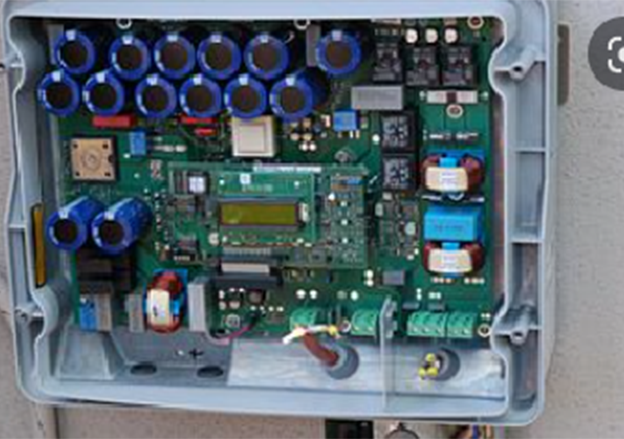Battery Pack Cooling Solution
Custom battery cooling solution with YT Thermal.
The coolant in the cooling system of pure electric vehicles will always circulate in the water-cooled plates in the battery pack, which can carry away the heat of the battery.
Battery Pack Thermal Management System

Thermal Solutions for battery pack cooling
The power battery is a new energy battery, and the role of the battery separator is also very important. It mainly separates the positive and negative stage plates of the battery in a small space to prevent short circuit caused by contact between the two poles, but it can ensure that the ions in the electrolyte are positive and negative. Free passage between poles. Therefore, the separator has become a material to ensure the safe and stable operation of lithium-ion batteries.
The electrolyte is used to isolate combustion, the diaphragm is used to increase the heat-resistant temperature, and the sufficient heat dissipation is to reduce the battery temperature to avoid thermal runaway of the battery caused by excessive heat accumulation.
If the battery temperature rises sharply to 300°C, even if the diaphragm does not melt and shrink, the electrolyte itself, the electrolyte and the positive and negative electrodes will undergo a strong chemical reaction, releasing gas, forming an internal high pressure and exploding. important.
Liquid cold plate cooling: The heat of the battery cell is transferred to the liquid cooling tube through the thermal conductive silicone sheet, and the heat is taken away by the free circulation flow of the cooling liquid, which makes the temperature of the whole battery pack uniform, so that the entire battery pack operates within a safe temperature.
The thermally conductive silicone sheet has good insulation performance and high resilience, which can effectively avoid the problem of vibration and friction damage between the cells and the hidden danger of short circuit between the cells. It is an auxiliary material for the water cooling scheme.
The liquid cooling system utilizes the characteristics of large heat transfer coefficient of liquid flow, and relies on liquid flow to transfer high heat. The standard pipeline liquid cooling plate can reduce the number of heat exchange interfaces between the equipment and the cooling liquid by placing the cooling liquid pipes directly in contact with the bottom plate of the equipment to be cooled, thereby maintaining the
